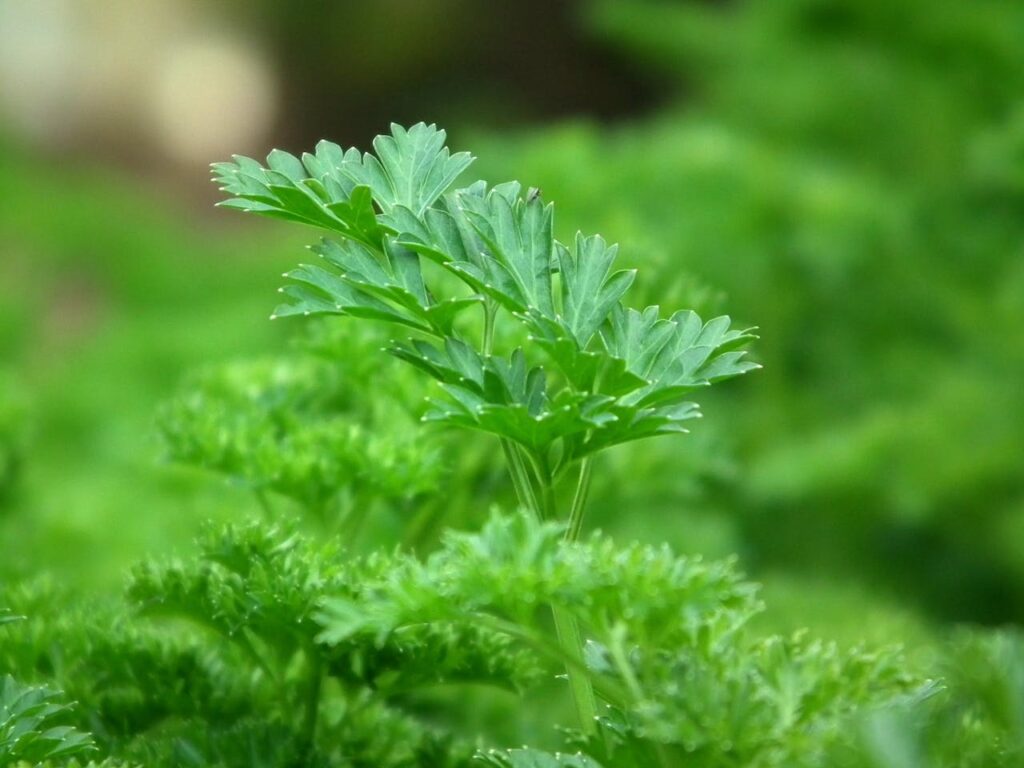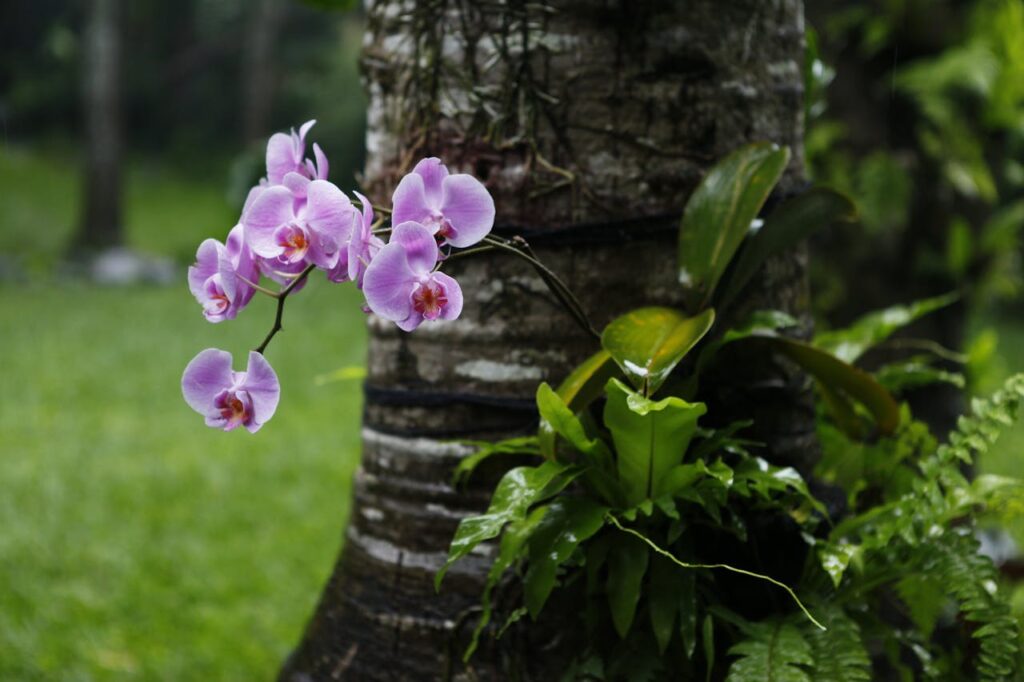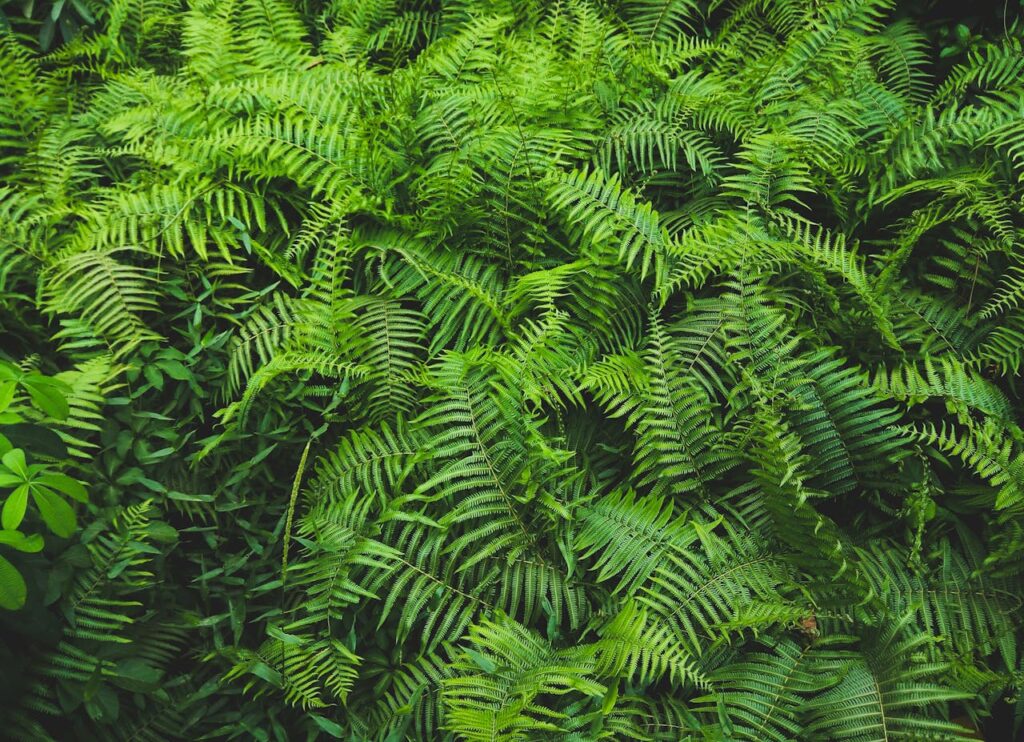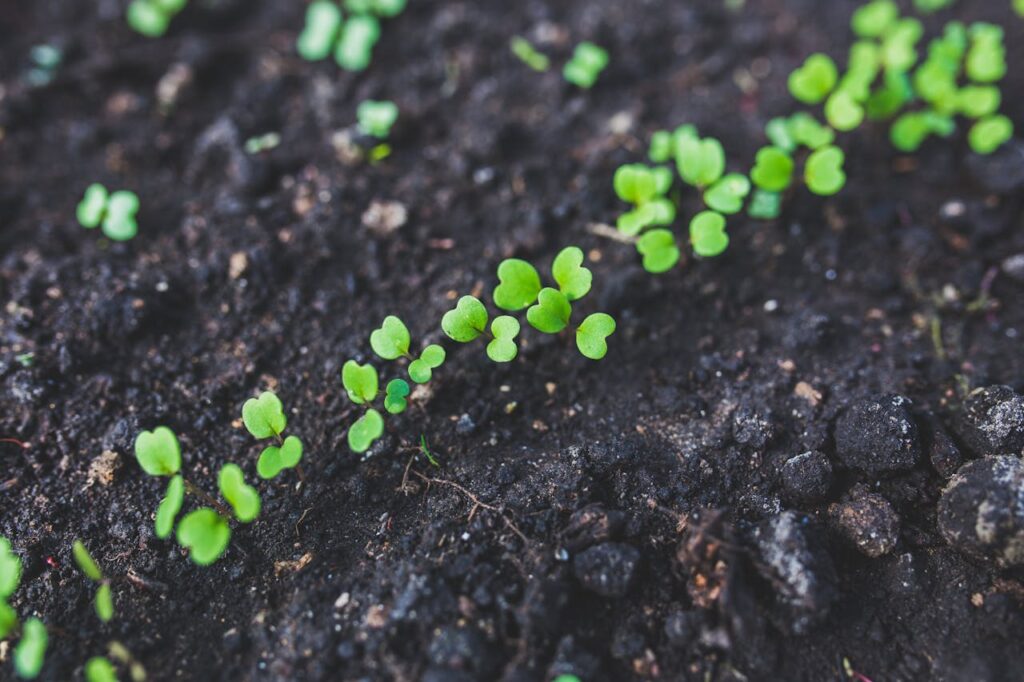Neem oil, a natural pesticide and fungicide derived from the seeds of the neem tree, is widely used by gardeners and farmers for its effectiveness in managing pests and diseases. It works by disrupting the life cycle of insects, repelling them, and preventing fungal growth. However, despite its many benefits, neem oil is not universally safe for all plants. Certain plant species can react negatively to neem oil, experiencing leaf burn, discoloration, or other forms of damage.
In this article, we will explore what plants not to use neem oil on as well as provide guidance on how to use it safely.
1. Herbs with Delicate Leaves
To determine what plants not to use neem oil on, the first consideration is plants with delicate leaves, and many herbs are among them. Herbs are a staple in many gardens, known for their culinary and medicinal uses. However, not all herbs tolerate neem oil well, particularly those with tender leaves. The following herbs are known to be sensitive:

- Basil: Basil’s tender leaves are prone to damage from neem oil. The oil can cause leaf burn or discoloration, making the plant unappealing and potentially reducing its flavor.
- Cilantro: Like basil, cilantro has delicate foliage that can be adversely affected by neem oil. It’s best to use a mild solution and apply sparingly.
- Parsley: Parsley leaves can easily suffer from oil burns, leading to unsightly spots and potential damage to the plant’s overall health.
- Dill: Dill’s feathery foliage is particularly sensitive to neem oil, which can cause it to turn brown or yellow.
Recommendation: When using neem oil on these herbs, always test on a small part of the plant first and use a diluted solution. If possible, consider alternative pest control methods for these sensitive plants.
2. Ornamental Flowers with Delicate Petals
Many ornamental flowers have delicate petals that are particularly vulnerable to the effects of neem oil. The oil can cause discoloration, leaf burn, and other forms of damage, especially under certain conditions. Notable examples include:

- Gardenias: Known for their fragrant and delicate white flowers, gardenias can suffer from petal burn if treated with neem oil.
- Orchids: Orchids have sensitive flowers and leaves that can be easily damaged by neem oil, leading to discoloration and reduced blooming.
- Roses: While some rose varieties tolerate neem oil, others, especially those with delicate petals, can experience burn spots and color changes.
Recommendation: For ornamental flowers, it’s crucial to conduct a spot test on a small, inconspicuous area before applying neem oil broadly. Opt for alternative treatments if the plant shows signs of sensitivity.
3. Ferns and Other Sensitive Foliage Plants
Ferns and similar foliage plants with fine, feathery leaves are often sensitive to neem oil. These plants can experience adverse effects, such as:
- Boston Ferns: The delicate fronds of Boston ferns can easily be damaged by neem oil, leading to browning or wilting.
- Maidenhair Ferns: Known for their dainty, fan-shaped leaves, maidenhair ferns are particularly susceptible to leaf burn from neem oil.

Recommendation: Avoid using neem oil on ferns and similar foliage plants. Instead, focus on maintaining good plant hygiene and environment to prevent pest issues.
4. Young Plants and Seedlings
Young plants and seedlings are generally more vulnerable to external stressors, including neem oil. Their immature leaves and stems are less capable of withstanding the oil’s effects, which can lead to:
- Stunted Growth: The oil can impede the growth of young plants, causing them to grow more slowly or become malformed.
- Leaf Burn: The tender leaves of seedlings are highly susceptible to oil burns, which can severely damage or kill the young plants.
Recommendation: For seedlings and young plants, either avoid neem oil or use a highly diluted solution. Apply with caution and monitor closely for any adverse reactions.

5. Drought-Stressed Plants
Plants that are already under stress from drought or insufficient watering are at a higher risk of damage from neem oil. Particularly, those plants that you grow in summer require plenty of water. That’s why the oil can exacerbate their condition, leading to:
- Increased Stress: Neem oil can add to the stress already experienced by drought-affected plants, making them more susceptible to damage.
- Leaf Scorching: The combination of oil and insufficient hydration can lead to leaf scorching, where leaves turn brown and crispy.
Recommendation: Ensure plants are well-watered and healthy before applying neem oil. If a plant is already stressed, consider alternative pest control methods until it recovers.
6. Plants in Direct Sunlight
Neem oil can intensify the effects of sunlight on plants, potentially leading to leaf burn. This is particularly concerning for:
- Sun-Loving Plants: Even plants that thrive in full sun can suffer from leaf burn if neem oil is applied during peak sunlight hours.
Recommendation: Apply neem oil in the early morning or late evening when the sun is less intense. Avoid spraying during the hottest part of the day.
Best Practices for Safe Use of Neem Oil
Now that we extensively covered what plants not to use neem oil on, let’s discuss ways to safely use it. Here are some ideas:

- Patch Test: Always test on a small, inconspicuous part of the plant before full application.
- Dilution: Use a properly diluted solution, typically 1-2 tablespoons of neem oil per gallon of water, with a few drops of dish soap as an emulsifier.
- Timing: Apply during cooler parts of the day, such as early morning or late evening.
- Monitoring: Regularly check plants for any signs of adverse effects and rinse off the oil if damage is observed.
To Wrap Up
Neem oil is a powerful tool for managing pests and diseases in the garden, but it must be used with caution. Certain plants, particularly those with delicate foliage or flowers, young plants, and drought-stressed plants, are at risk of damage from neem oil. By understanding what plants not to use neem oil on and following best practices for application, gardeners can effectively protect their plants without causing harm.

Pingback: Vermicomposting 101: Benefits, Process & How to Start Worm Bin - Green Hints